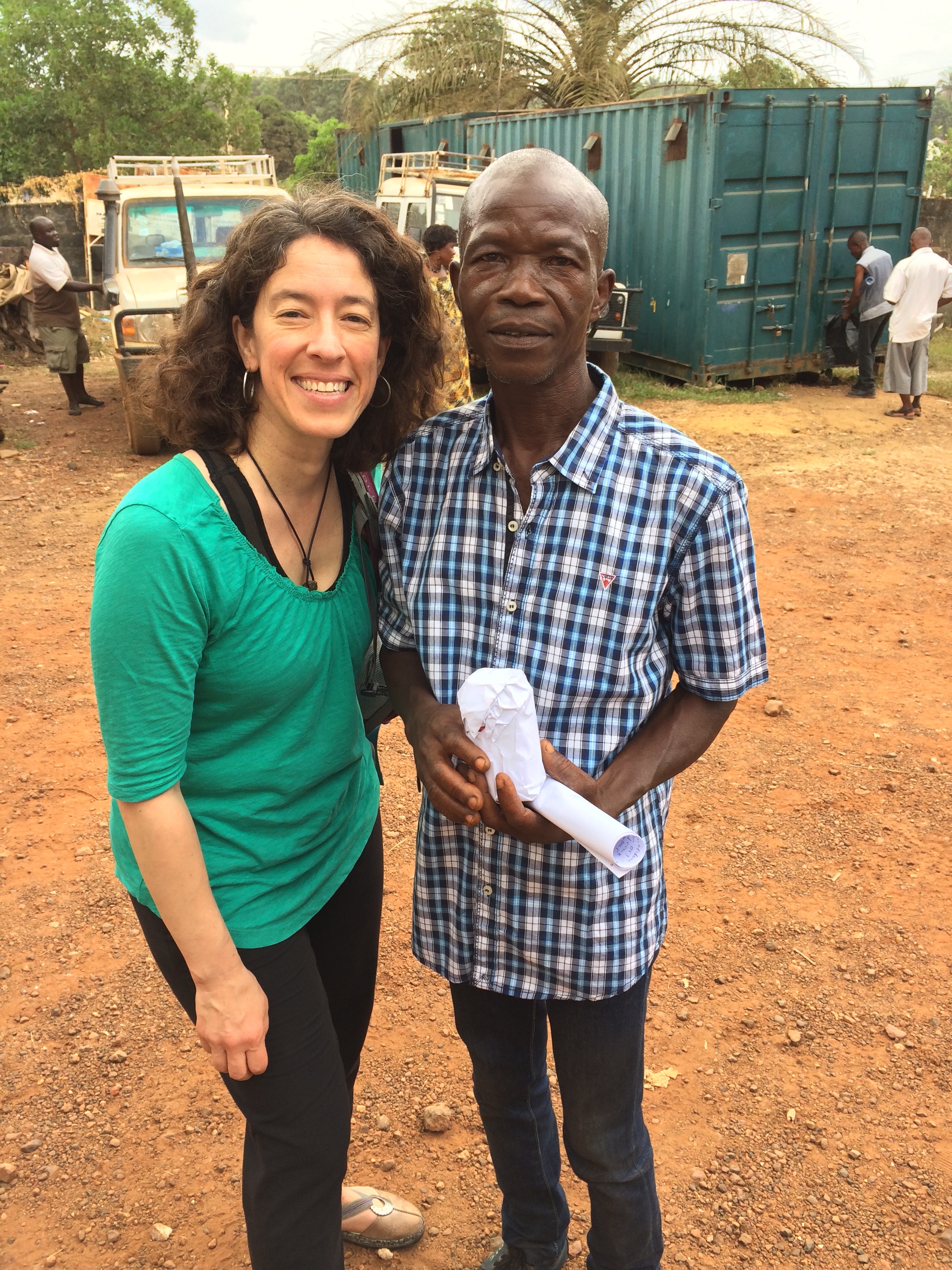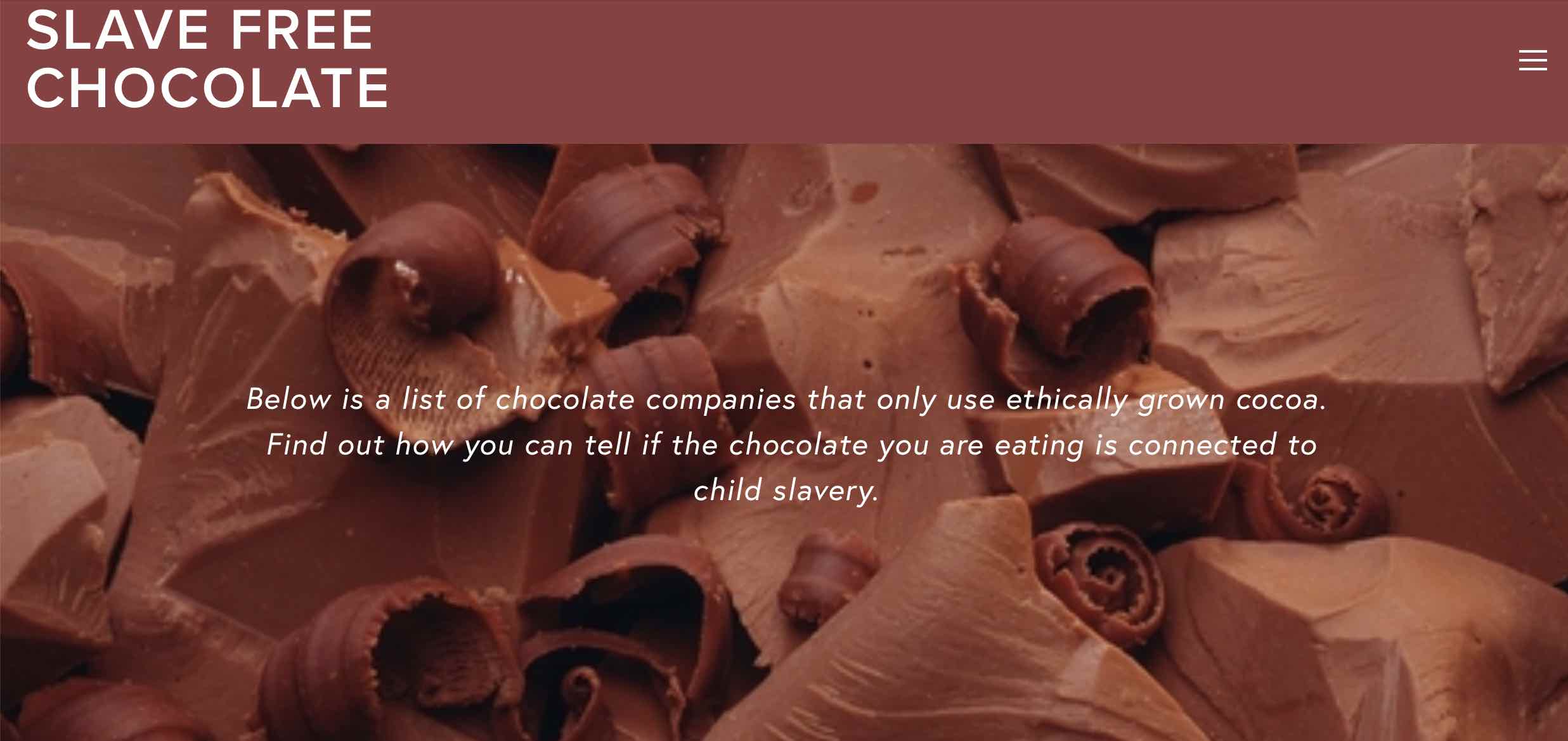When I took the role of cocoa marketer for Twin & Twin Trading, and began working with the Gola Rainforest cocoa producer organizations and others in Africa, I decided that I would host chocolate tastings for my colleagues. Having traded specialty coffee for the better part of three decades, Twin has an in-house coffee lab, where the quality control manager analyzes samples and hosts weekly cuppings for the coffee marketers and traders. Several of the staff are certified Q Graders, a program that has done a great deal to standardize coffee assessment methods and vocabulary to describe quality. But with no Q Grader equivalent for cocoa, and with Twin increasing the variety of cocoa origins it was trading, I thought that the time was right for dedicated chocolate trainings.
I developed a series of courses—Chocolate 101, 201, and 301—and held them at the London office last summer. We explored the bean to bar process, as well as chocolate types, the meaning of cocoa percentages, various origins, and even roast profiles. And, of course, we tasted bars to illustrate all of those.
It was just as important for the producers organizations I was working with in Africa to do chocolate tastings, so I began to think about how to make those happen. As I have discussed in my book, Cocoa, farmers and buyers—the most “upstream” people in the cocoa-chocolate supply chain—typically have little opportunity to engage with chocolate. Many growers I have spoken with over the years have described for me the metrics for assessing cocoa quality, including fermentation level, bean size and weight, insect damage, mold level, and so forth. But very, very few discuss flavor. If the members and staff of cocoa producer organizations could experience dedicated chocolate tastings, I felt they would better understand the flavor priorities of potential buyers. With that understanding, they would be in a stronger position to negotiate sales.
When we were doing the chocolate courses in London, one of the Twin staff members, Katie Sims, was preparing to spend a month in Sierra Leone, to assist with the Gola season review and to prepare for the prospective buyer visit from Greg at Dandelion and Gino at Meridian (Katie is now the Gola Rainforest cocoa project manager, based in Kenema). When Katie set off, I equipped her with a selection of craft chocolate bars (thanks to the range on offer at Cocoa Runners in London) and a flavor wheel or two. Katie led a tasting to introduce the Gola cocoa team to connoisseur methods and vocabulary, and to prepare them for conversations with Greg and Gino. When they arrived, Greg led another tasting. This was, of course, before the sale happened, so the Gola Rainforest bar did not yet exist; instead, the team tasted other Dandelion bars.
When I went back to Sierra Leone last month, for the end-of-season review and to share Dandelion’s now newly made Gola Rainforest chocolate bar, some of the team members had thus experienced two tastings. But in my opinion, there is always room for more chocolate.

After our season review at Lalehun research center in the Gola Rainforest National Park, we returned to the town of Kenema and the Gola head office. There, the agricultural extension officers and cocoa buyers sat down with me for our chocolate tasting. The buyers and team leaders had, for the most part, participated in both Katie’s and Greg’s tasting sessions. Most of the agricultural extension officers had not, and nor had one of the farmer organization executives, who joined us.
Tasting chocolate is not the same as eating it. When I was growing up, I ate as much chocolate as I could, as fast as I could so that I could eat more. Tasting chocolate involves, among other things, slowing down the experience. When we slow down, we can taste flavor and experience texture more keenly.

I began by outlining the methodology that I like to use for chocolate tastings, which involves all the senses. We discussed looking at the chocolate, to observe the features of its molding (for example, patterns of pods or leaves, or a company name) and to inspect it for bloom or the shininess that indicates good temper. We smelled the chocolate to see if any particular scents came through, and rubbed it with our fingers to experience the moisturizing sensation of the cocoa butter. We snapped pieces in half next to our ears to listen to its temper. And then, of course we tasted.

One of the goals was to see what flavor notes we would identify in each bar. To make sure we were all using similar flavor categories, I drew a basic flavor wheel. After I wrote “chocolatey” as a base flavor word, I began to fill in quadrants of the wheel with other typical flavor categories. I wrote “earthy,” “fruity,” “nutty,” and then paused, momentarily blanking on the next category. Immediately, several of the cocoa buying offers chimed together, “Floral, it’s floral!” When I remarked that they had commanded connoisseur methods already, one buying officer said, smiling, “Greg taught us well.”

In addition to the Dandelion Gola bar (which of course we tasted again), we tasted other dark bars and a few milks and inclusions. My colleague from Twin, Felicity Butler, had brought bars from the UK, and I had brought several from Ghana, so we had an unusually large number of chocolates to taste—ten or eleven in all. After tasting each one, we discussed the flavor experience. We had a remarkable degree of consistency, with most everyone agreeing if a bar was, for example, nutty or floral. We also tasted several inclusion bars, including the Golden Tree Akuafo bar from Ghana, which is lemon-flavored. I have served the Akuafo bar at many tastings over the years and, as usual, there was the ardent love-it/hate-it split.


By the time we finished, it was well past lunch time. As we gathered up our things, we chatted about the chocolates and named our favorites. The winning comment came from Fodie Brima, the producer organization executive who had joined the tasting. For my whole life, I have felt that there could never be too much chocolate. But when I asked Fodie which type of chocolate he preferred, milk, dark, or inclusion, he replied, “I am tired.” Tired! After tasting so much chocolate, he explained, he had no room left to eat rice.





